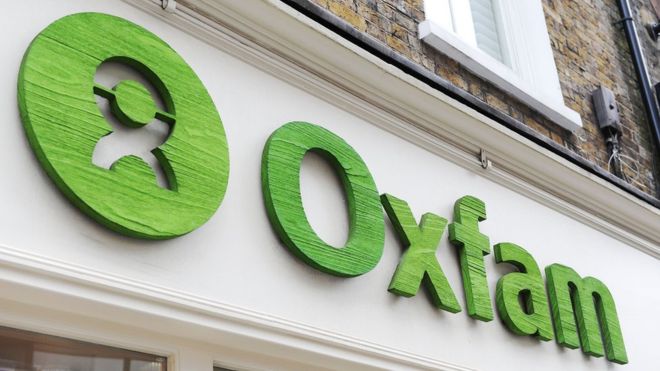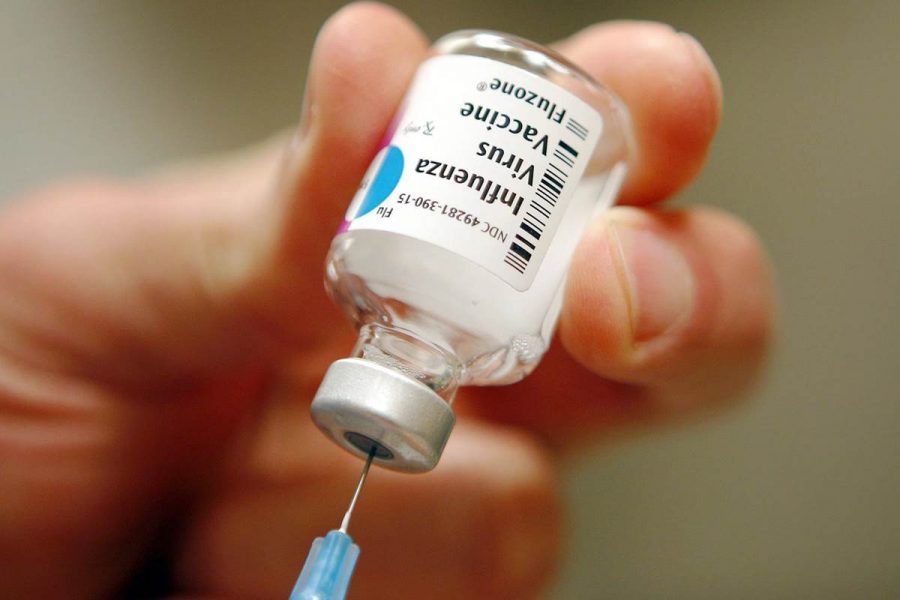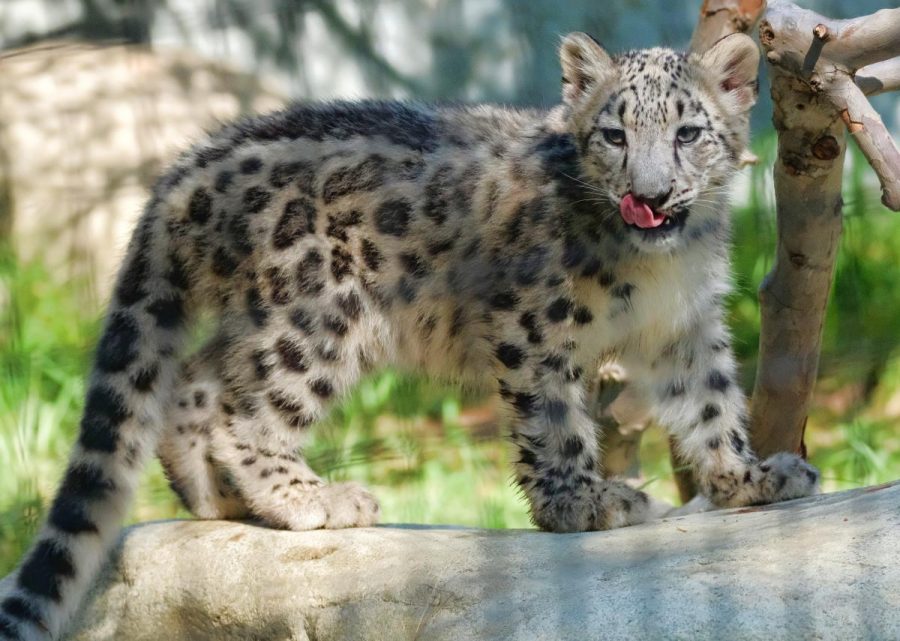By Sarah Carlon
Contributing Writer
After spending 13 years orbiting Saturn, the Cassini-Huygens probe’s days have come to an end.

Launched on October 15, 1997, the Cassini-Huygens probe, (commonly referred to as Cassini) didn’t reach Saturn’s orbit until July of 2004. It was a collaboration between the National Aeronautics and Space Administration, (NASA) European Space Agency, (ESA) and the Italian Space Agency (ASI) to explore Saturn and the system around it.
Before the Cassini mission, not much was known about Saturn. The original mission was only supposed to last four years, but it was extended twice: first for two years, then by seven because it was such a success.
When Cassini landed on Saturn’s largest moon Titan in 2005, it was the farthest spacecraft landing in history. It also made staggering discoveries, revealing that Titan’s surface and atmosphere resembled that of Earth’s before life: methane rain creating rivers, lakes, and seas, as well as complex hydrocarbons in the atmosphere. Another exciting find from Cassini was the water-based ice plumes found on Enceladus, another moon of Saturn. These two discoveries are so important because they shed more light on the possibility of life-sustaining properties on planets or satellites that aren’t Earth.
Although the two discoveries about Titan and Enceladus were arguably the most stunning for the scientific community, Cassini made other fascinating finds while in orbit. It was able to record a massive storm on Saturn’s surface that eventually encompassed the entire planet, provide detailed pictures of its rings, and even disproved the long accepted way of measuring the length of a day on Saturn by using radio waves.
Unfortunately, because Cassini didn’t have enough thrust to return back to Earth, it would have been in Saturn’s orbit until it was destroyed by debris or a satellite. Scientists, wanting to avoid damaging any part of Saturn and its system, chose to propel it into Saturn’s atmosphere, where it lost contact with Earth at 4:55am on September 15, 2017.




















